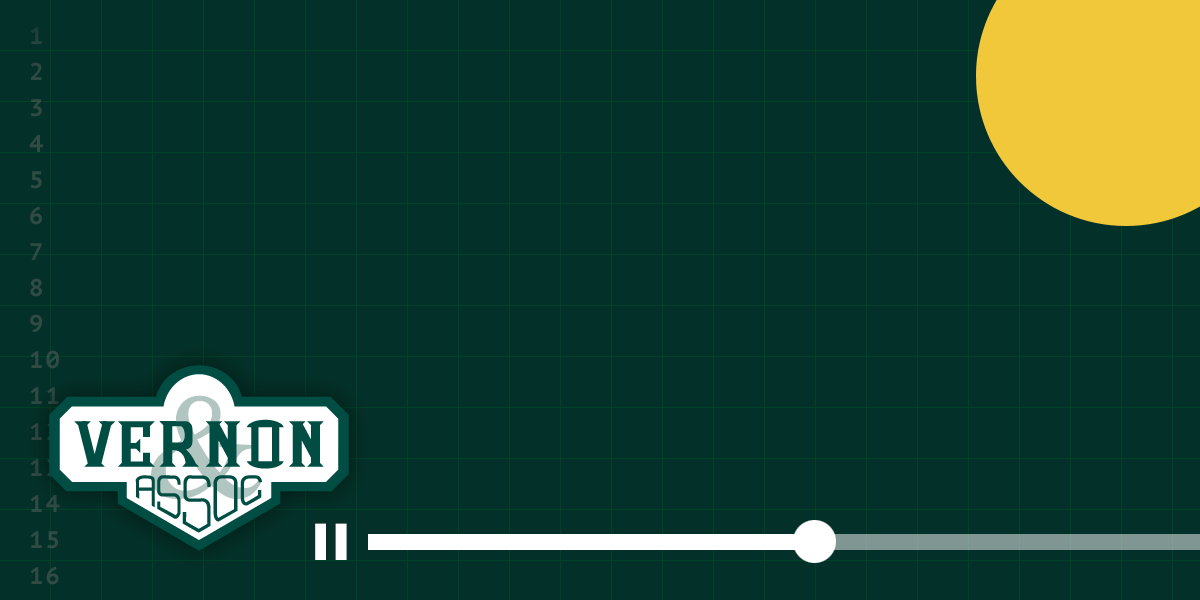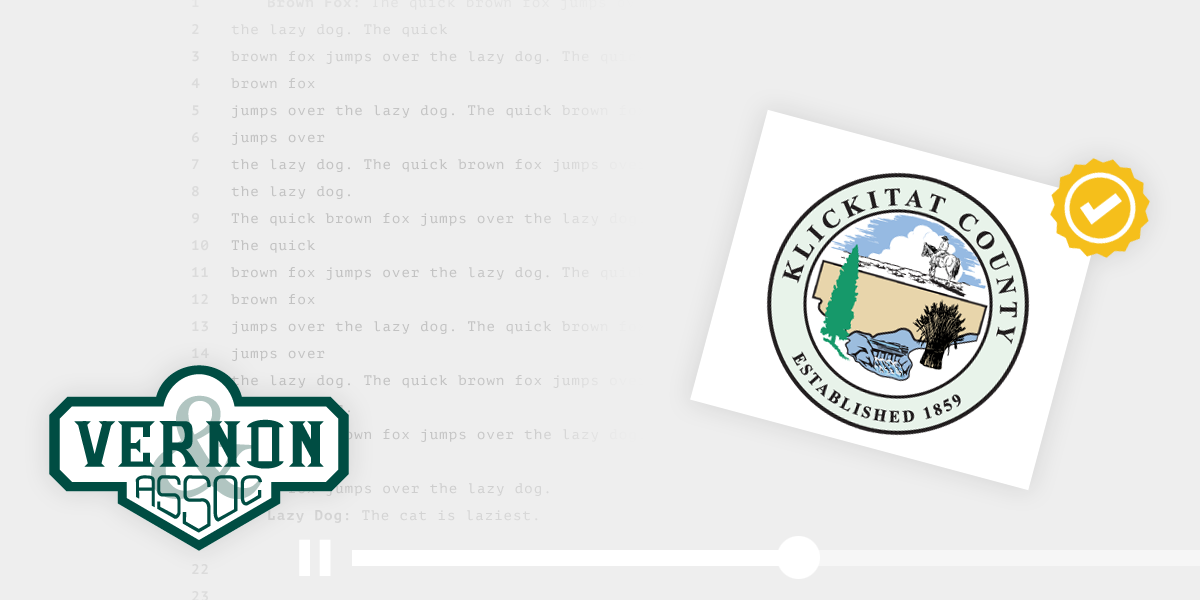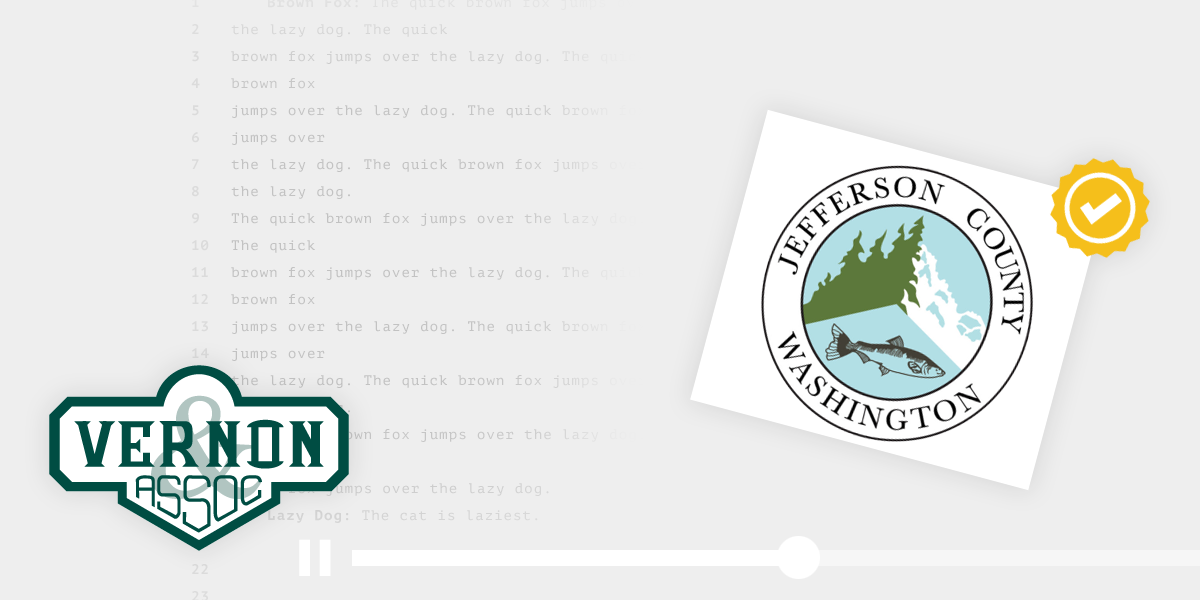The demand for court reporters and captioners across the United States is undergoing significant shifts, with implications for professionals in the field and those considering entering it. Based on the comprehensive study conducted by Ducker Worldwide and sponsored by the National Court Reporters Association (NCRA), here are key insights into the current and future landscape of court reporting and captioning:
Declining Supply of Court Reporters
The supply of stenographic court reporters in the U.S. is currently balanced with demand, but with approximately 32,000 stenographic court reporters working, the profession is facing a critical juncture. Many state certification boards report a continued decline in the number of court reporter applicants, with some states observing as high as an 85% decrease over the past five years[1]. This declining trend, compounded by the closure of court reporting educational programs, signals a worrying future for the supply of these essential legal professionals.
Increasing Demand for Court Reporters
Despite the steady transition of some courts to digital recording, increased legal activity and new opportunities are driving demand for court reporters. The Ducker report forecasts a growing gap between supply and demand, predicting that by 2018, there will be a shortfall of nearly 5,500 court reporting positions due to decreased enrollment and graduation rates from court reporting programs, alongside significant retirement rates[2].
Supply and Demand Discrepancy
The widening gap between the diminishing supply of court reporters and the increasing demand for their services presents a looming crisis. The study indicates that the demand for court reporters will exceed the supply within five years, emphasizing the urgent need for action to address this disparity. The forecasted shortage of stenographic court reporters offers a substantial opportunity for those seeking a lucrative career with a secure future, but it also poses a challenge to maintain the quality and availability of court reporting services[3].
Furthermore, it’s important to note that the legal requirements for recording and transcribing court proceedings can vary significantly by jurisdiction, including differences in consent laws for recordings and specific formatting and certification requirements for court transcripts. These legal nuances further emphasize the need for skilled and certified court reporters who can navigate the complex landscape of legal transcription.
In summary, the findings from the Ducker report highlight a critical need for strategic initiatives to attract and train new court reporters, alongside efforts to enhance the visibility and appeal of the profession. Without addressing the projected shortfall, the legal community may face challenges in maintaining the high standards of accuracy and reliability that are fundamental to the justice system.





